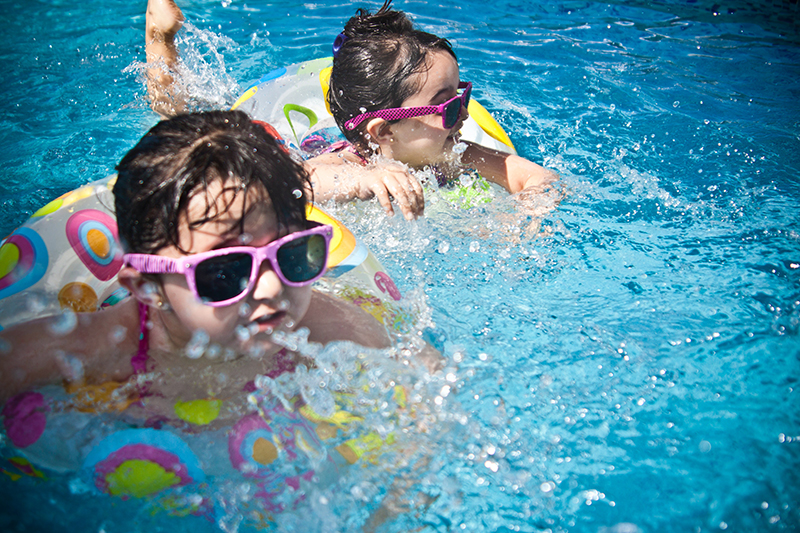Water Safety for Children with Functional Needs

Note: The National Center on Disability and Journalism (NCDJ) Style Guide recommends using “functional needs” over “special needs” to describe a person with a disability. The word “special” in relationship to those with disabilities is now widely considered offensive because it euphemistically stigmatizes that which is different.
All children deserve to be safe in or near the water. Drowning is the leading cause of injury-related death in children. According to the Children’s Hospital of Philadelphia, the risk of drowning for children with dual diagnoses of Down’s syndrome and autism is twice as high as that for a typically developing child.
Use swim lessons as a safe introduction to the water
Introducing children with functional needs to swim lessons is imperative for acquainting them to the water. If you are hesitant to enroll your child into a general swim class, start by finding programs that are dedicated to children with functional needs. Look into local aquatics organizations that may be able to point you in the right direction, such as the SafeSplash and Swimtastic swim schools.
Actively supervise children at all times
Providing close supervision around water is among the most important things you can do for a child with functional needs. Infants and toddlers generally need greater supervision in the water, so make sure that your child is never further than an arm’s length away from you. With slightly older kids, make sure there is always a designated water watcher to responsibly and actively supervise them while they’re in the water.
Install effective safety equipment for your pool
Ensure home swimming pools have the proper fencing, gate latches, pool covers, and alarms installed. Safety fencing should follow these requirements:
- completely surround the pool
- be at least 4 feet in height
- separate the pool area from the rest of the yard
- feature a self-closing and self-latching gate that opens away from the pool
Be sure to regularly inspect the fence to see that it’s working properly. An alarm should also be installed that goes off whenever the pool’s surface is disrupted by movement. Equipping your home swimming pool with these necessary safety devices will help prevent your child from dangerously wandering into the pool.
With the right steps and guidance, children with functional needs will be able to enjoy their time in the water and have fun.
